The iconic Frank Lloyd Wright intricate pattern for concrete blocks has been reincarnated as Offecct’s trademark acoustic panel Soundwave.
“The cheapest (and ugliest) thing in the building world,” wrote Frank Lloyd Wright of concrete blocks in his autobiography. That said, he saw the potential of the material and wrote that he “would take that despised outcast of the building industry”, “find a hitherto unsuspected soul in it” and “make it live as a thing of beauty”.
And a thing of beauty he did create, which he called the textile concrete block. These were Wright-designed blocks that could be moulded on site into different patterns, giving the finished building an extraordinary decorative quality.
Wright’s exploration of this material in the 1920s yielded four textile-block houses in California, of which only one remains (and is now on the market for 21 million USD): the Ennis House. But the legacy of textile blocks continues thanks to Swedish furniture brand Offecct and the Frank Lloyd Wright Foundation.
Wright’s intricate pattern for the Ennis House concrete block has been reincarnated as Offecct’s trademark acoustic panel Soundwave. Made from recyclable moulded polyester, Soundwave Ennis improves the sound quality in spaces as well as preserving a legendary architect’s exploration to ameliorate and assign additional value to a utilitarian material.
Australia wide, Offecct is carried by Flokk. Images courtesy of Offecct.
INDESIGN is on instagram
Follow @indesignlive
A searchable and comprehensive guide for specifying leading products and their suppliers
Keep up to date with the latest and greatest from our industry BFF's!

The undeniable thread connecting Herman Miller and Knoll’s design legacies across the decades now finds its profound physical embodiment at MillerKnoll’s new Design Yard Archives.

London-based design duo Raw Edges have joined forces with Established & Sons and Tongue & Groove to introduce Wall to Wall – a hand-stained, “living collection” that transforms parquet flooring into a canvas of colour, pattern, and possibility.
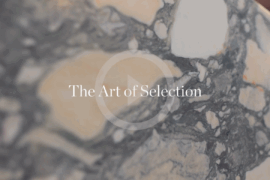
CDK Stone’s Natasha Stengos takes us through its Alexandria Selection Centre, where stone choice becomes a sensory experience – from curated spaces, crafted details and a colour-organised selection floor.

Merging two hotel identities in one landmark development, Hotel Indigo and Holiday Inn Little Collins capture the spirit of Melbourne through Buchan’s narrative-driven design – elevated by GROHE’s signature craftsmanship.
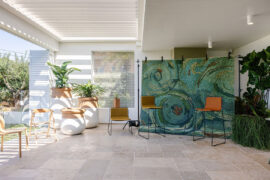
Tappeti’s latest rugs have been unveiled at one of Luigi Rosselli’s stunning Sydney coastal homes alongside furniture by Design Nation.
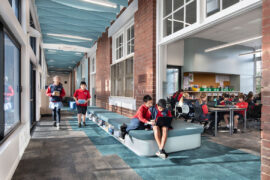
At Moonee Ponds Primary School, Clarke Hopkins Clarke’s transformative design uses Autex acoustic solutions to shape a calm and creatively charged learning environment.
The internet never sleeps! Here's the stuff you might have missed
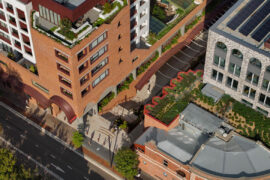
Seven years in the making, the new Surry Hills Village is here with doors open and crowds gathering.
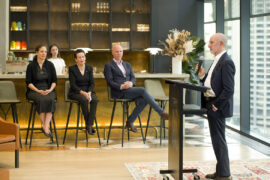
The eponymous practice founder reflects on four decades of work in a new book launched by Lord Mayor Clover Moore, tracing lessons from New York to Sydney and revisiting seminal works including 8 Chifley Square and the Andrew “Boy” Charlton Pool.